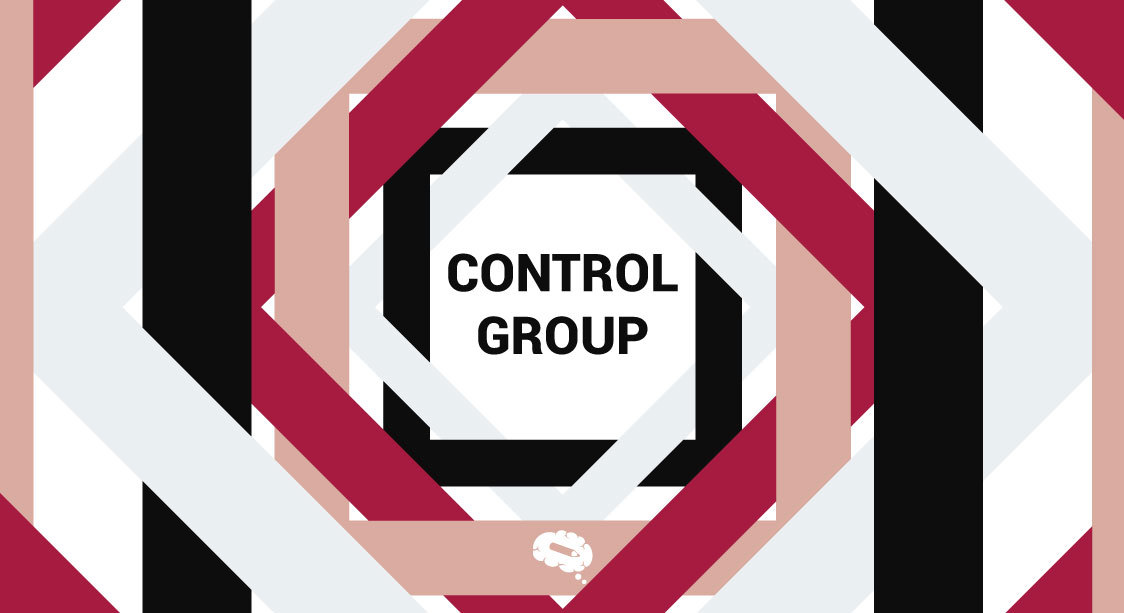The control group constitutes a baseline for comparison, enabling researchers to assess the true effects of independent variables. Researchers can effectively assess the impact of independent variables and discern causation from correlation, by comparing the results of experimental groups to those of control groups. This article will highlight the significance and implementation of control groups in research experiments, and explain their role in ensuring scientific methodology and reliable findings. We will explore the fundamental principles of control groups, examine their types, and discuss their importance in minimizing biases and confounding factors.
What Is A Control Group?
A control group is a fundamental component of scientific experiments designed to compare and evaluate the effects of an intervention or treatment. It serves as a baseline against which the experimental group is measured. The control group consists of individuals or subjects who do not receive the experimental treatment but are otherwise subjected to the same conditions and procedures as the experimental group. Working with a control group, researchers can assess the specific impact of the intervention by comparing the outcomes between the experimental and control groups.
Related article: The Role Of Experimental Groups In Research
The Role Of A Control Group In Scientific Experiments
A control group plays a crucial role in scientific experiments as it enables researchers to establish a valid cause-and-effect relationship between the experimental treatment and the observed outcomes. By comparing the experimental group’s results with those of the control group, researchers can determine whether any observed effects are due to the treatment or other factors. The control group serves as a standard for comparison, helping to isolate the specific influence of the intervention being tested. It provides a baseline against which experimental group outcomes can be evaluated and allows researchers to draw accurate conclusions about the treatment’s efficacy or the impact of other variables being studied.
Why Is A Control Group Necessary?
Including a control group in scientific experiments is essential for ensuring the reliability and validity of the findings. Without a control group, it becomes challenging to determine whether any observed changes or effects are truly attributable to the intervention or simply a result of chance or other factors. The control group allows researchers to differentiate between the effects of the experimental treatment and background noise or confounding variables because it provides a reference point. A well-designed control group is crucial for generating reliable and meaningful results, intensifying the scientific rigor of the study, and supporting evidence-based decision-making in various fields of research.
Types Of Control Groups
In scientific experiments, different types of control groups are used to ensure accurate and meaningful results. These control groups help researchers compare the effects of an intervention or treatment against a reference point. Four common types of control groups are negative controls, positive controls, placebo controls, and randomized control groups.
Negative Controls
Negative controls are an integral part of scientific experiments, serving as a reference to establish the absence of a specific effect. In these control groups, no treatment is administered, allowing researchers to compare the outcomes with the experimental group. Researchers can identify and account for confounding variables and background effects that may influence the results when they include negative control groups. This ensures the specificity of the treatment and enhances the validity of the study. Negative controls can take various forms, such as placebos or control groups receiving no treatment, depending on the research question.
Positive controls
Positive controls are references to validate the reliability and sensitivity of the experimental setup. In these control groups, a known treatment or condition is applied to generate an expected response or outcome. By including positive controls, researchers can assess whether the experimental conditions and methodology are capable of detecting the desired effect. Positive controls act as a benchmark, providing evidence that the experimental system is functioning properly and capable of producing the anticipated results. This helps researchers ensure the validity and accuracy of their findings by confirming that the experimental conditions are conducive to detecting the intended response.
Placebo controls
Placebo controls play a significant role in medical and clinical research by providing a baseline for comparison and evaluating the effectiveness of a new treatment or intervention. In a placebo control group, participants receive an inactive substance or sham procedure that is indistinguishable from the active treatment being tested. The purpose of the placebo control is to assess the specific effects of the treatment by comparing it to the effects observed in the placebo group. By administering a placebo, researchers can account for the psychological and physiological responses that may occur simply due to the participants’ belief in receiving treatment. This helps determine the true efficacy of the active treatment, as any observed improvements in the treatment group can be attributed to the treatment itself, beyond the placebo effect. Placebo controls are essential in clinical trials and other studies to minimize bias, establish the true therapeutic benefits of treatment, and ensure the reliability of the results.
Randomized Control Group
Randomized control groups are an essential component of research studies as they introduce unpredictability to control factors. By randomly assigning participants to either the control or treatment group, researchers ensure that the variables not specifically tested are evenly distributed. This randomization helps eliminate bias and allows for accurate analysis of the independent variable. By using randomized control groups, researchers can draw reliable conclusions about the impact of the variables being studied.
Quasi-Experimental Designs And Their Role In Social Policy Studies
Quasi-experimental designs in social policy studies often utilize control groups to assess the impact of interventions or policies on a target population. While these designs do not involve random assignment of participants to groups, they still incorporate a control group to establish a baseline for comparison. The control group consists of individuals who do not receive the intervention or policy being studied, allowing researchers to evaluate the effects of the intervention by comparing outcomes between the treatment group and the control group. This helps control for confounding variables and provides insights into a causal relationship between the intervention and the observed outcomes.
Implementing Control Groups In Experimental Design And Analysis
Control groups serve as a reference point against which the effects of experimental interventions can be measured. They provide a baseline to compare with the treatment group, allowing researchers to determine the true impact of the variables under investigation. This approach helps establish causal relationships and increases the internal validity of the research.
Randomized Controlled Experiments (RCTs) For Public Policy Studies
Randomized controlled experiments are widely used in public policy studies. RCTs involve randomly assigning participants to either a treatment group or a control group. The treatment group receives the intervention or policy being tested, while the control group does not. RCTs help ensure that any observed differences between the groups are not due to pre-existing factors, increasing the reliability of the study’s findings. RCTs are particularly valuable in evaluating the impact of public policies and interventions on a large scale.
Non-Experimental Research Vs. Actual Experimentation
When determining the baseline for comparison in research, researchers must consider whether to use non-experimental research or actual experimentation. Non-experimental research involves observing and analyzing existing data without manipulating any variables. This approach is helpful in situations where it is not feasible or ethical to conduct an experiment. On the other hand, actual experimentation involves actively manipulating variables and comparing groups with and without the intervention. While actual experimentation provides stronger causal evidence, non-experimental research can still provide valuable insights when experiments are not possible.
Identifying Confounding Variables And Factors
Confounding variables and factors are extraneous variables that can influence the relationship between the independent and dependent variables in a study. Identifying and controlling for confounding variables is crucial to ensure accurate and valid results. Researchers employ various techniques to address confounding variables, such as random assignment of participants to groups, matching participants based on relevant characteristics, or statistical techniques like regression analysis. By accounting for confounding variables, researchers can strengthen the internal validity of their studies and draw more accurate conclusions about the relationship between variables.
The Vital Role Of The Control Group In Scientific Methodology And Analysis
In experimental studies, the control group serves as a standard against which the effects of a particular intervention or treatment are measured. By keeping all variables constant except for the one being studied, researchers can isolate the true impact of the intervention. This helps to establish causality and determine whether the observed effects are indeed due to the intervention or simply a result of other factors.
In addition to experimental studies, control groups are also essential in observational and epidemiological research. They help researchers account for potential biases and confounding factors when analyzing the relationship between variables. By comparing a group exposed to a certain risk factor or condition with a similar group that is not exposed, researchers can better understand the true impact of the risk factor or condition on the outcome of interest.
Overall, the control group serves as a guide in scientific methodology and analysis. It allows researchers to draw valid and reliable conclusions, enhance the internal validity of their studies, and provide more robust evidence for decision-making in various fields, including medicine, psychology, biology, and social sciences.
Mind the Graph Has 200+ Pre-Made Beautiful Templates For Professional Infographics
Mind the Graph is a powerful platform that offers valuable assistance to scientists in their research endeavors. With a collection of over 200 pre-made templates, Mind the Graph enables scientists to effortlessly create professional and visually captivating infographics. These templates are the foundation for conveying complex scientific concepts, data, and research findings in a visually engaging manner. Professionals can simply choose from a wide range of visually appealing templates and customize them with their own data, illustrations, and text to effectively communicate their scientific discoveries. Sign up for free and start your first design now.

Subscribe to our newsletter
Exclusive high quality content about effective visual
communication in science.





